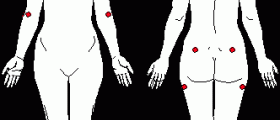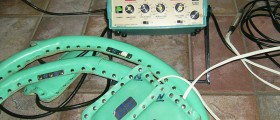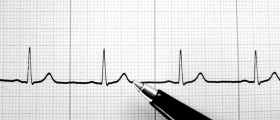During the 19th-century doctors discovered a specific medical condition and called it neurasthenia. Patients suffering from neurasthenia used to complain about fatigue, weakness, odd pains, and dizziness and they were prone to passing out. Since there was nothing to be done for such patients doctors simply classified the condition as a 'weak nervous system' and patients were bedridden until they recover or eventually die.
What about Today?
Today we still have people complaining about the same symptoms. However, their illness is not called neurasthenia anymore but can be classified as chronic fatigue syndrome, vasovagal or neurocardiogenic syncope, anxiety, panic attacks, postural orthostatic tachycardia syndrome, or fibromyalgia. All the mentioned conditions are actually closely related to the volatility of the autonomic nervous system.
Dysautonomia and the Autonomic Nervous System
The autonomic nervous system is a part of the nervous system in charge of all the 'unconscious' body functions such as heart rate and breathing. The autonomic nervous system consists of the sympathetic and parasympathetic systems.
p>While the first one acts as a powerful contributor to the 'fight or flight' reactions of the body such as rapid heart rates, increased breathing and intensive blood flow to muscles, the parasympathetic nervous system is connected with 'quiet' functions in the body (e.g. functions of the digestive system).It is expected from these two systems to remain in perfect balance. However, in people suffering from dysautonomia, one of these systems becomes predominant and this significantly interferes with the proper functioning of certain body organs and organ systems.
- Malfunction of cardiovascular hemostasis regulated by the ANS is known as cardiac dysautonomia. This process may be paroxysmal or chronic.
- Cardiologists are not always aware of cardiac dysautonomia as their main focus is usually on primary cardiac disorders such as heart failure, coronary artery disease, arrhythmias and hypertension, the latter not seen as a dysautonomia but rather as a potent cardiovascular risk factor.
- There are multiple diagnostic modalities for cardiovascular dysautonomias, some of which are well-known from the standard diagnostic procedures in cardiology for detection of coronary disease, cardiac arrhythmias, and impairment of cardiac pump function.
- Dysautonomias are not only limited to very rare or less known syndromes and conditions such as POTS and IST. Indeed, all disorders of the autonomic control of global and local circulation may fit under the umbrella term of cardiovascular dysautonomia.
There is a whole variety of symptoms and signs of this disorder and disturbing aches and pains, fatigue, inertia, anxiety attacks, tachycardia, hypotension, low exercise tolerance, irritable bowel syndrome, sweating, dizziness and blurred vision are only some of them.
The symptoms cannot be predicted and can vary from one attack to another.
Causes of Dysautonomia
There are many underlying causes of dysautonomia. The condition seems to be closely related to heritage. Namely, many patients inherit the propensity to develop the condition. Furthermore, dysautonomia may be triggered by different viral illnesses or develop after exposure to certain chemicals. In some cases, dysautonomia may occur due to trauma.
Prognosis
Today prognosis of dysautonomia is much better compared to the 19th century. The explanation is simple. Today people are not simply bedridden and left to recover on their own. In some cases, the symptoms may go away spontaneously while other patients simply get used to them and try to live their lives as normal as possible.


















Your thoughts on this
Loading...